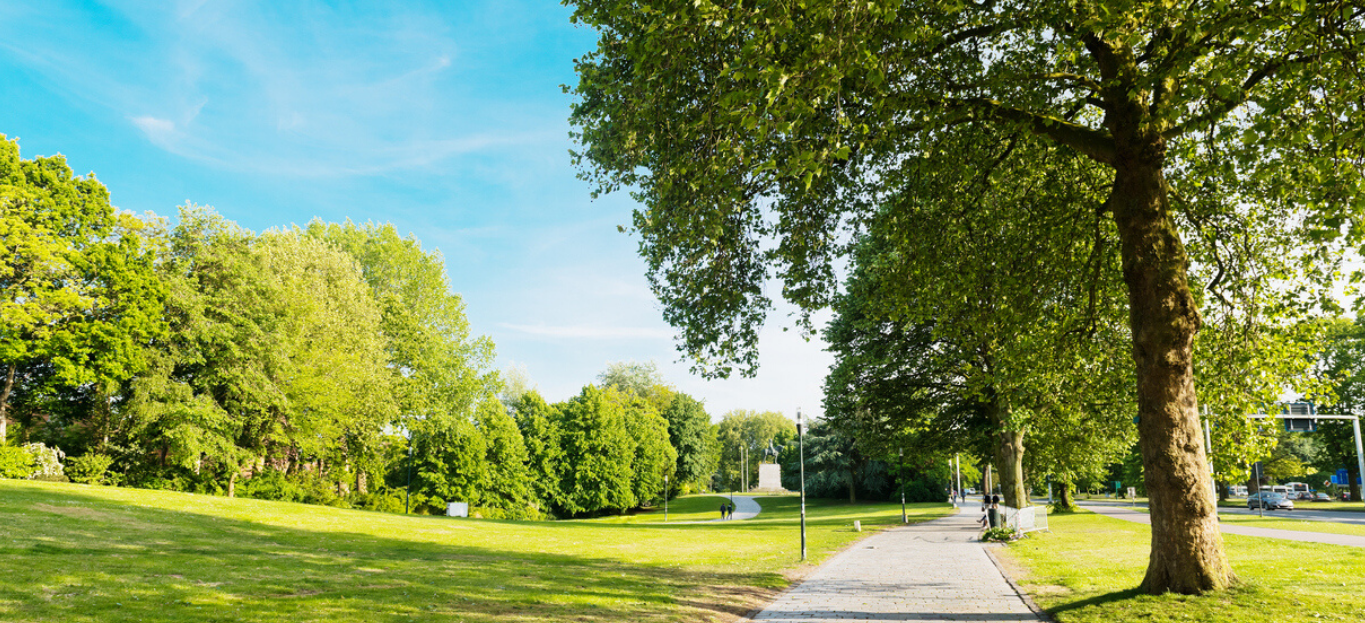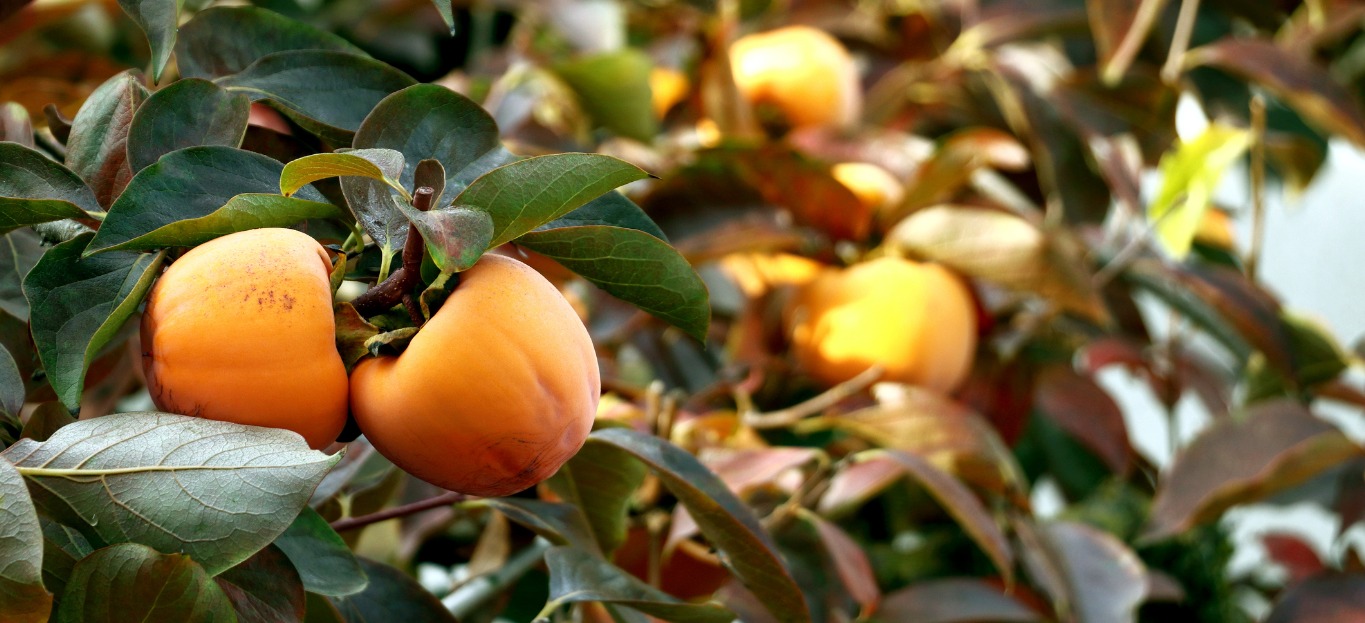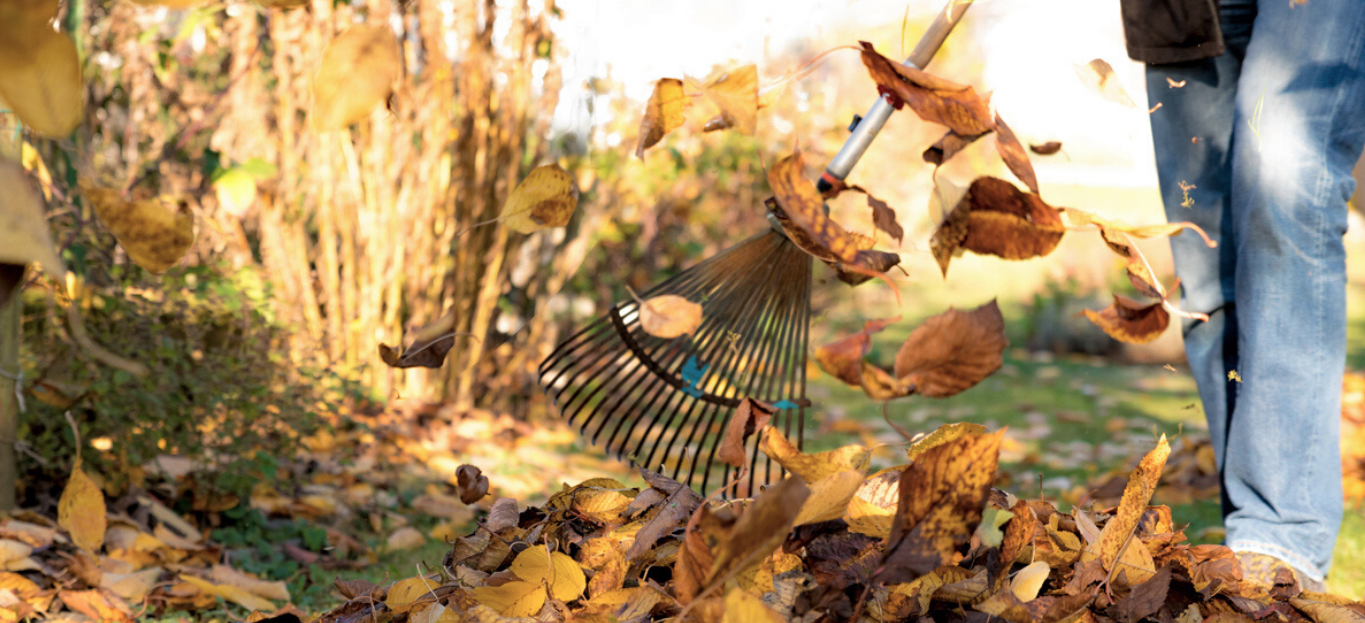What’s a Tree Ordinance?
Tree ordinances are used to protect and manage the trees in a local community. First created by William Penn during the colonial era to defend trees being cut down, the number of tree ordinances have grown exceptionally in the passing years. These laws, or exceptions to the laws, are created to handle issues such as trimming public trees, cutting down trees to build a new location, disputes between neighbors dealing with trees, and more.
While not many people may have to deal with a tree ordinance, it’s still important to learn what they are, why they exist, and what they help with. To learn more about tree ordinances, keep reading below.
The Major Types of Tree Ordinances
There are two major types of tree ordinances. Read what those are below.
Arboriculture-Focused Ordinances
These ordinances involve aesthetic and environmental issues. Examples include regulating the planting, removal, and general maintenance of trees in parks and other public areas, trees blocking views in the city, and protection of certain trees. But there are countless other ways an arboriculture-focused ordinance could be created.
Timber Harvest Ordinances
These ordinances are created to regulate tree harvesting from companies that want to take trees down for profits. There are so many of these and so many regulations to look out for that this kind of ordinance has its own subgroup.
Other Types of Ordinances
Aside from the two main types described above, there are multiple kinds of other tree ordinances that cover a wide range of specific topics. Examples of these include ordinances that help to replace trees that are cut down for construction and development and helping to solve issues with trees blocking sunlight from certain locations.
Georgia’s Tree Ordinances
The Georgia Forestry Commission, whose mission is to protect and conserve Georgia’s forest, created a tree ordinance development guidebook for those in our communities that wanted to learn more about tree ordinances. You can use this resource to uncover additional information about the environmental, social, and economic benefits of tree ordinances, specifically in Georgia. It is important to note that there are multiple counties that have varying tree ordinances. Respective county website should be reviewed to determine requirements for applying for tree removal permits to avoid fines.
Click here to read the guidebook.
If you have any more questions about tree ordinances, feel free to contact the experts at Premier Tree either by clicking here or by calling us at 404.252.6448.









